General Info – summary
This impressive shade providing and animal attracting Tree has a round crown and is up to 20m high. The long imparipinnate Leaves lack stipules and have nearly opposite paired leaflets. The unisexual, 5-merous and regular inconspicuous green Flowers appear in cymose panicles. The pale green, dehiscent woody Fruit is a 3-valved capsule with 3-4 black seeds that are almost covered by a distinctive red fleshy aril.
Description
Trichilia emetica subsp. emetica
Previous Names: Trichilia natalensis, Trichilia roka.
SA Tree No. 301.
Common names: (Afr) Basteressenhout, Baster-essenhout, Bosveld Rooi-essenhout, Essenhout, Mahoniehout, Rooiessenhout, Rooi-essenhout. (Eng) Bushveld Natal Mahogany, Cape Mahogany, Christmas Bells, Mafeura Bean, Mafforra Tree, Mafoureira, Mafurra Tree, Mafurreira, Mafurreira Tree, Natal Mahogany, Red Ash, Thunder Tree. (isiXhosa) Isibara, Umkhulu. (isiZulu) Igwolo, Umathunzi, Umathunzini, Umkhuhlu. (Northern Sotho) Mmaba. (Setswana), Mosikiri, Umkuhlu. (siSwati) Umkhuhlu. (Tshivenda) Mutshikili, Mutuhu. (Xitsonga) Ankulu, Nkuhla, Nkuhlu.
Family Meliaceae (Mahogany family). This family of mainly shrubs and small trees has 50+ genera and 570+ species. Most members are trees or shrubs. Perhaps the best-known local alien tree in this family is the seringa (The scientific name is Melia azedarach) with its poisonous yellow berries. This tree is considered invasive in South Africa. In southern Africa, there are about 6 genera and 11 species. Those genera with trees include Ekebergia, Nymania, Khaya and Trichilia. Most trees are evergreen, and Leaves are large, usually pinnately compound or simple, lack stipules and are usually alternate. They occur in a large cluster or on short shoots. The bisexual or unisexual Flowers are regular, axillary and in panicles (indeterminate, branched inflorescence with stalked flowers) or solitary. The Calyx has 4-5 sepals, which are free to near the base. The Petals are imbricate (having regularly arranged, overlapping edges). The 5 to many Stamens are free except at the base and the Anthers where they are dorsifixed (attached in the centre of the filament). The superior Ovary has a simple Style, which ends in a disc-like, head-like or lobed Stigma. The Fruit is a capsule or a drupe and may be winged or have a pulpy covering.
Name derivation: Trichilia – in 3’s – referring to the unusual 3-lobed fruit. emetica: when the bark is soaked in water, the liquid extracted can be used as an emetic (a substance which causes vomiting). There are two species of this Genus in South Africa. The other species is Trichilia dregeana.
Conservation: National Status: L C. (Least Concern). Assessment: 2008 (V.L. Williams, D. Raimondo, N.R. Crouch, A.B. Cunningham, C.R. Scott-Shaw, M. Lötter and A.M. Ngwenya).
Tree
This impressive Tree is up to 23m high. It has a wide, rounded Crown, which provides a very dense shade in summer and the crown width may be greater than the height of the tree (photo 650). The dark grey to brown Bark may be rough or slightly smooth (photo 71). The sturdy Trunk may have a swollen base and may be more than 0,5m wide. Branches tend to occur low-down and young branches have leaf scars (photo 960), and may be longitudinally striated. Also visible here are lenticels (a usually raised corky oval or elongated areas on the plant that allows the uncontrolled interchange of gases with the environment – photo 946).
- 650. 2017/08/29. Pretoria NBG. Photo: David Becking.
- 70. 2019/08/12. Skukuza KNP. Photo: David Becking.
- 71. 2019/08/12. Skukuza KNP. Photo: David Becking.
- 960. 2017/11/14. Pretoria NBG. Photo: David Becking. 2017.11.14 Pretoria NBG. Photo: David Becking.
- 964. 2017/11/14. Pretoria NBG Photo: David Becking.
Leaves
This tree is evergreen or briefly deciduous. The alternate or opposite Leaves are imparipinnate (pinnately compound leaf ending in a single leaflet). The leaves on coppice shoots (In this case, when stems are cut or burned, it causes regrowth from the stump or roots) are up to 60cm long. N.B. Leaf length excludes the petiole. Leaves on very young shoots are brown and shiny. Apart from the single terminal leaflet there are up to 5 pairs of Leaflets, which are usually opposite or nearly so (photo 442). Each elliptic to oblong-elliptic leaflet may reach 15 x 5,5cm and have 10-18 pairs of closely spaced lateral veins. Leaflets are glossy and dark green above (photo 443). The lower side is lighter (photo 442) and densely covered with short curly hairs, especially along the lateral veins. The Apex is rounded to notched (photo 442). The Base is rounded to broadly tapering (photo 442). The rolled under and possibly wavy Margin is entire (with a continuous margin, not in any way indented). The hairy Midrib is raised below (photo 442). The initially hairy Petiole (leaf stalk) is up 13cm long (photo 439). The hairy Petiolules (leaflet stalks) are thick, short and up to 7mm long (photo 442). Stipules (basal appendages of the petiole) are absent.
- 439. 2014/09/09. Skukuza KNP. Photo: David Becking.
- 443. 2014/09/09. Skukuza KNP. Photo: David Becking.
- 442. 2014/09/09. Skukuza KNP. Photo: David Becking.
Flowers
The inconspicuous bell-shaped, creamy green, 5-meros Flowers have an orange blossom fragrance. They are positioned terminally or in short branched axillary heads. Flowers are Dioecious (unisexual floral structures with functional male and female parts on separate plants and actinomorphic (Regular, symmetrical. Flowers are vertically divisible into similar halves by more than 1 plane passing through the axis). The densely hairy flowers (photo 402) are up to 16mm long. They occur in short Cymose (bearing a broad, more or less flat-topped, determinate flower cluster, with central flowers opening first) Panicles (indeterminate, branched inflorescence with stalked flowers – photo 438). The Calyx has 5 Sepals with regularly arranged, overlapping edges (photo 438). The Corolla has 5 creamy green or yellow Petals (photo 400) which are imbricate (having regularly arranged, overlapping edges, as roof tiles). The Disc (a more or less fleshy or elevated development of the receptacle) is fused at the base of the staminal tube. The 10 Stamens arise from the corolla mouth (photo 402). The Filaments are fused towards their base and the apex is attached to the middle of each Anther. There is a single Pistil (a unit of the Gynoecium, the female element of the flower, composed of the Ovary, Style and Stigma with a small, hairy, superior Ovary. Two ovules are found in each Locule (compartment within an organ e.g. ovary, anther or fruit; Chamber within an ovary). The Stigma is capitate (formed like a head – photo 402). (Aug-Nov).
- 438. 2014/09/09. Skukuza KNP. Photo: David Becking.
- 400. 2018/10/05. Pretoria NBG. Photo: David Becking.
- 402. 2018/10/05.. Pretoria NBG. Photo: David Becking. Dissected.
Fruit
The brownish to pale green, woody, wrinkled and dehiscent Fruit has a distinct stipe (a short supporting stalk) up to 1cm long (photo 717). This fruit is an almost spherical 3-valved Capsule (a dry fruit resulting from the maturing of a compound ovary of more than one carpel – usually opening at maturity by one or more lines of dehiscence). This capsule diameter is up to 2,5cm. It splits into 2 or 3 (usually) valves (a separable part of a pod; the units or pieces into which the capsule splits or divides in dehiscing). Within the capsule 3-4 relatively large black Seeds develop. Each seed is almost covered with a distinctively red Aril (an appendage or outer covering of a seed and may appear as a pulpy covering. It develops from a stalk, the funiculus, connecting an ovule or a seed with the placenta – photo 717). (Dec-Apr).
- 601. 2016/11/22. Pretoria NBG. Photo: David Becking.
- 717. 2017/01/31. Pretoria NBG. Photo: David Becking.
Distribution & Ecology
This severe frost sensitive Tree is located at medium to low altitude woodland and forest fringes as well as coastal forests. This is one of the widespread shade trees of Africa. In South Africa, it commonly grows in alluvial soils, in open woodland and near rivers. The rainfall required is from 600mm upwards. Trees are located in KwaZulu-Natal – north of Durban, Limpopo, Mpumalanga – including Pafuri in the Kruger National Park. Beyond South Africa, trees occurs in Swaziland e.g. in the lowveld and eastern foothills, Botswana, widespread in Mozambique, and northwards through Africa. Birds like the tiny bronze manikin (Spermestes cucullata) use this tree as a nesting site and Hornbills, Tinker Barbets, Green Pigeons, some Starlings, barbel (fish), Vervet and Samango Monkeys eat the Seeds. The Nectar attracts sunbirds weavers and bees. Baboons, Nyala and monkeys, eat the Fruit. Leaves are consumed by the larva of the White-barred Emperor (Charaxes brutus natalensis) – an attractive, widespread butterfly occurring in southern Africa, up the east coast as well as in Gauteng, Limpopo, Mpumalanga.
Ethnobotany
This tree is a good garden prospect. The medium density Wood is pinkish brown to brownish grey and darkens considerably with age but seldom cracks. This tree survives in drier areas than Trichilia dregania. In Trichilia emetica there is little distinction between sapwood and heartwood. Seasoning the wood will help prevent insect attack. The Wood is used to make furniture, shelving, canoes, rafts, oars, carvings and mbila (music instrument similar to a xylophone). The wood is used as a fuel. Oil extracted from the Seeds is used to make soap and candles. After boiling the crushed seeds in water, the less dense fat is skimmed off the surface. This “boiled water” is added to spinach and eaten. The seed, especially the testa (seed coat) may be poisonous. Skinned seeds are eaten. Seeds also contain limonoid, which is a bitter, white crystalline substance, which inhibits normal feeding habits of insects. This limonoid gives the bitter taste to citrus. The seeds also produce good wood oil. This is marketed under the name Mafura or Mafura nut oil. Tree parts are widely used in traditional medicine. Insect repellents are made from Bark chips. The bark is also used to make a pink dye. Propagation is through cuttings and Seeds planted at any time. Seedlings should be planted in full sun. They are quick growing – up to 1m per year. Established trees can survive light frosts and have a non-aggressive root system. Domestic animals feed on the leaves and leaves are used in burial rituals.
- 273. 2019/08/14. Pretoriuskop KNP. Photo: David Becking.
- 271 2019.08.14 Pretoriuskop KNP. Photo: David Becking.
The South African, Harry Wolhuter (1887-1964) was one of the parks first rangers. A remarkable story is available be read about him in http://www.krugerpark.co.za/kruger-park-history-harry-wolhuter.html.
References
Boon, R. 2010. Pooley’s Trees of eastern South Africa. Flora and Fauna Publications Trust, Durban.
Burrows, J.E., Burrows, S.M., Lotter, M.C. & Schmidt, E. 2018. Trees and Shrubs Mozambique. Publishing Print Matters (Pty) Ltd. Noordhoek, Cape Town.
Coates Palgrave, M. 2002. Keith Coates Palgrave Trees of Southern Africa, edn 3. Struik, Cape Town.
Lawrence, G. H. M, 1951. Taxonomy of Vascular Plants. The Macmillan Company, New York. Tenth Printing 1965.
Palmer, E. & Pitman, N. 1972. Trees of southern Africa. Balkema, Amsterdam, Cape Town.
Schmidt, S. Lotter, M. & McCleland, W. 2002. Trees and Shrubs of Mpumalanga and the Kruger National Park. Jacana, Johannesburg.
van Wyk, B. & van Wyk, P. 1997 Field guide to Trees of Southern Africa. Struik, Cape Town.
Williams, V.L., Raimondo, D., Crouch, N.R., Cunningham, A.B., Scott-Shaw, C.R., Lötter, M. & Ngwenya, A.M. 2008. Trichilia emetica Vahl subsp. emetica. National Assessment: Red List of South African Plants version 2020.1. Accessed on 2024/02/18.
http://idosi.org/aejaes/jaes12(6)12/12.pdf
http://www.plantzafrica.com/planttuv/trichiliaemetica.htm
https://en.wikipedia.org/wiki/Trichilia_emetica
http://www.worldagroforestry.org/treedb2/AFTPDFS/Trichilia_emetica.PDF
http://posa.sanbi.org/flora/browse.php?src=SP
http://www.krugerpark.co.za/kruger-park-history-harry-wolhuter.html.
https://rainafrica.com › herbarium › mafura

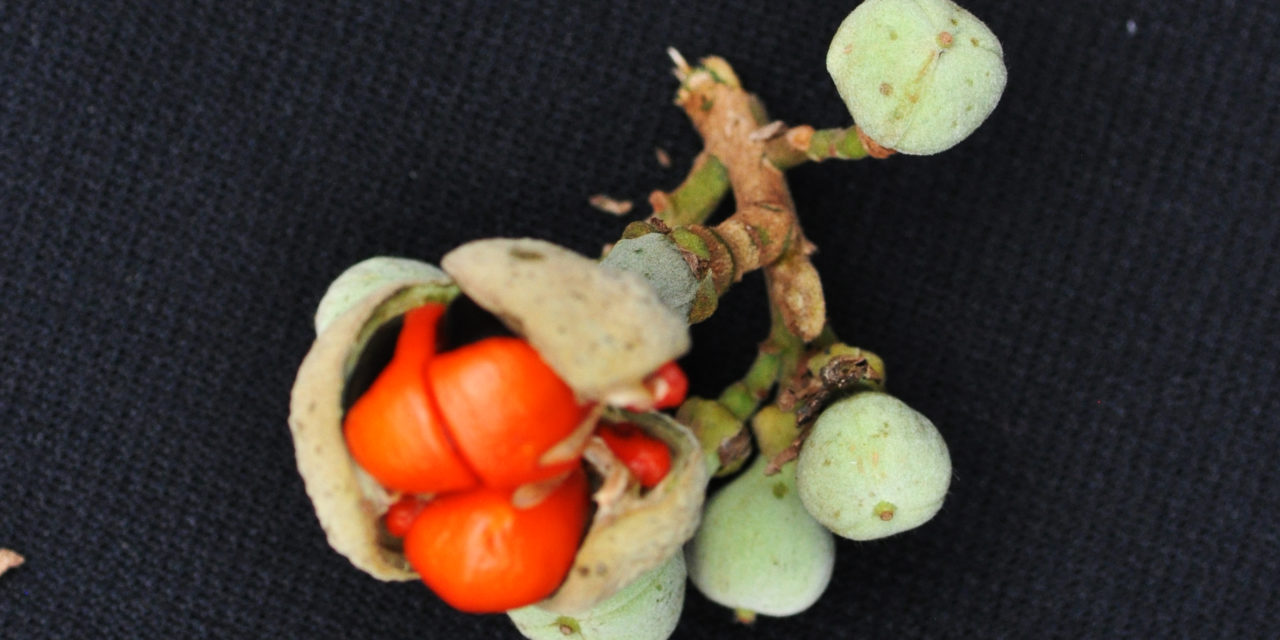
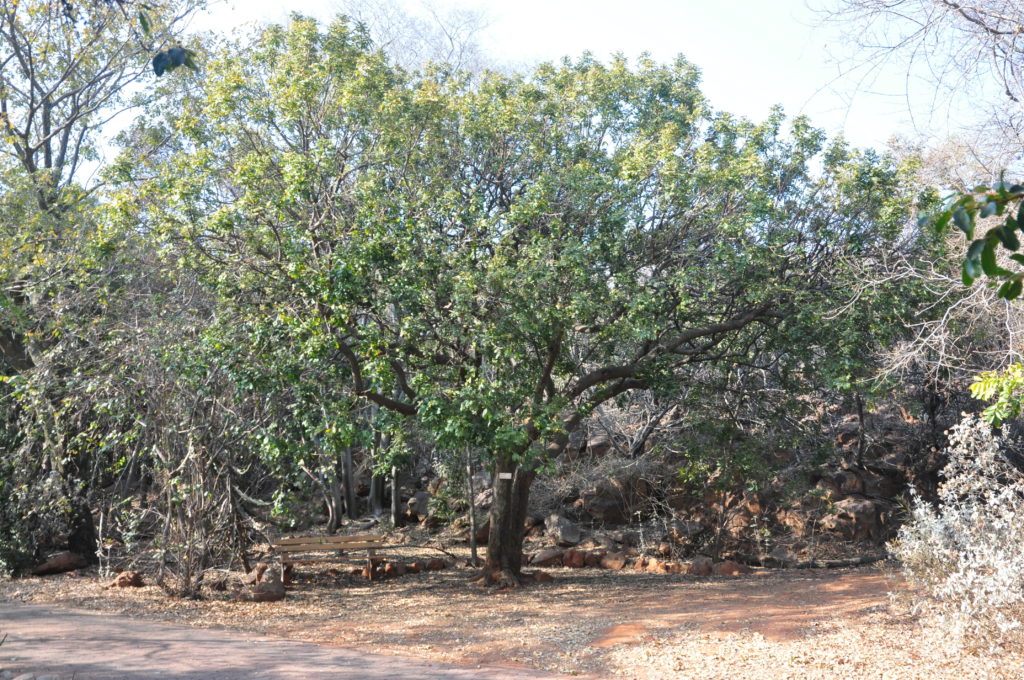
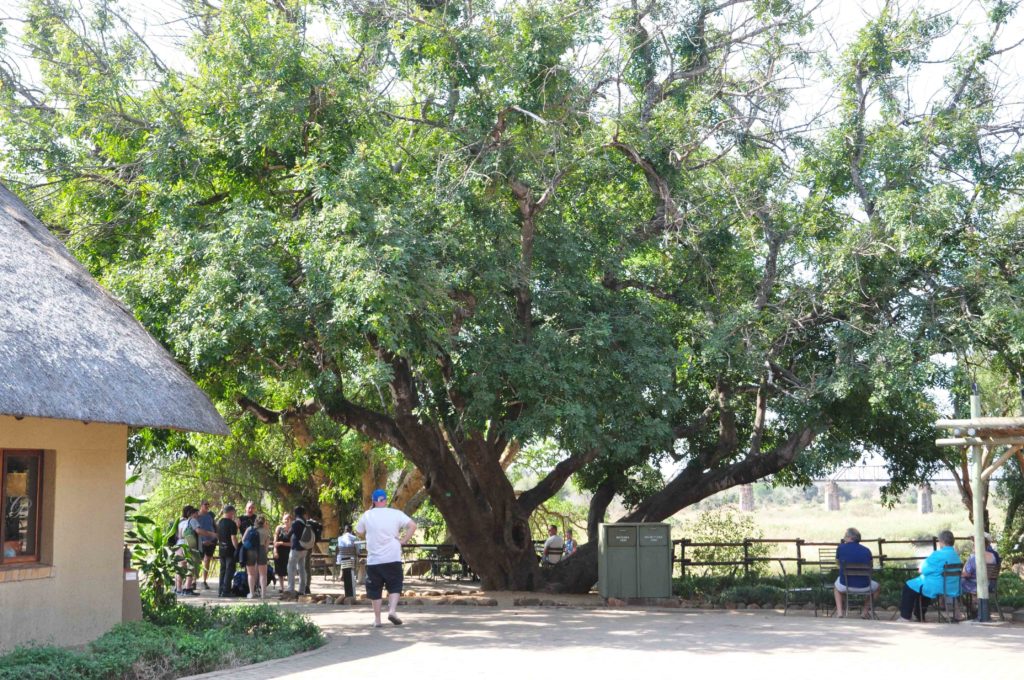
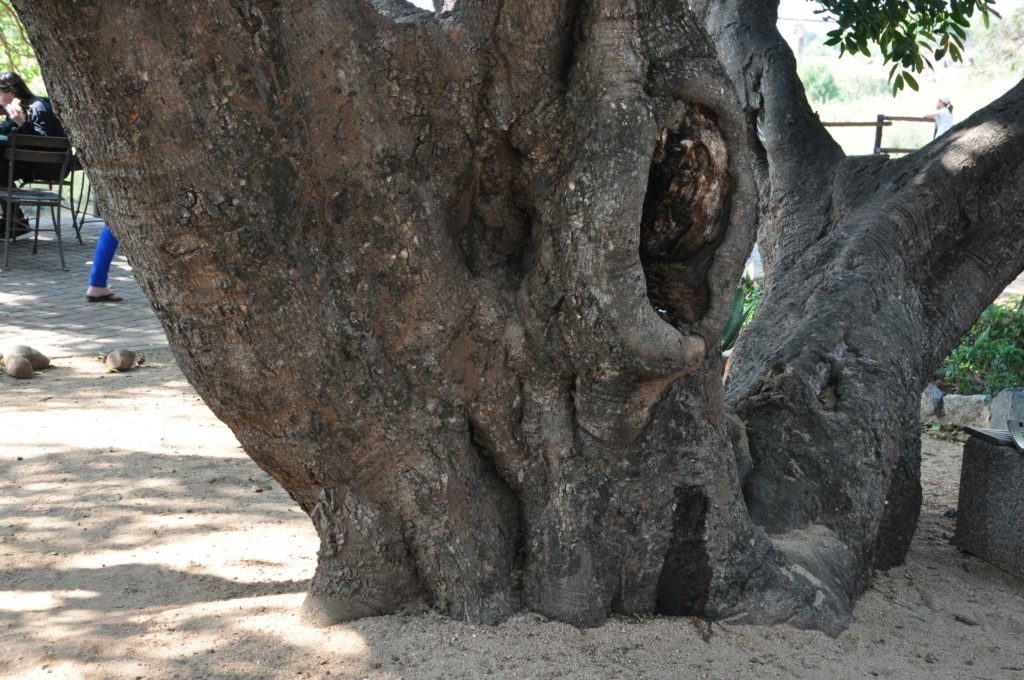
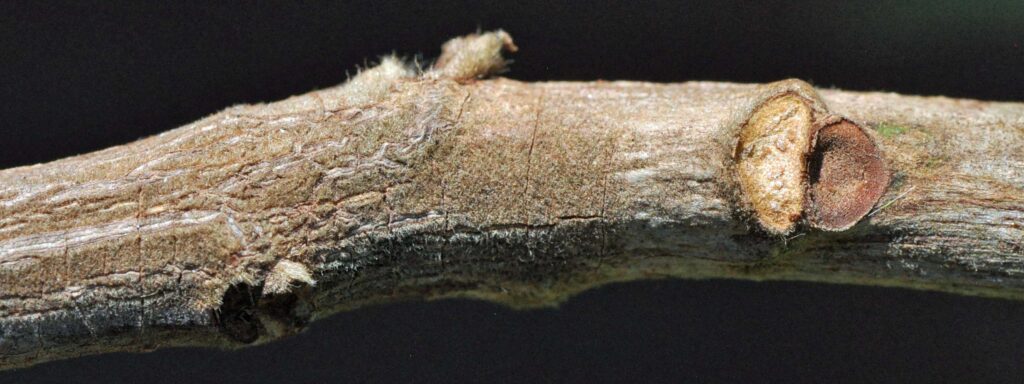
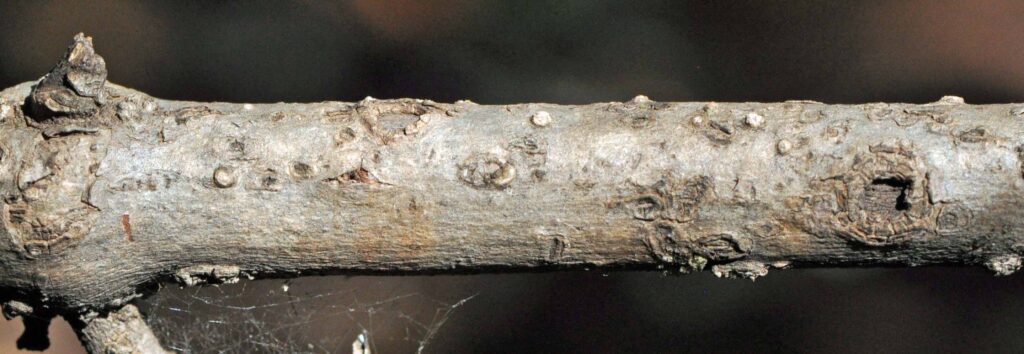
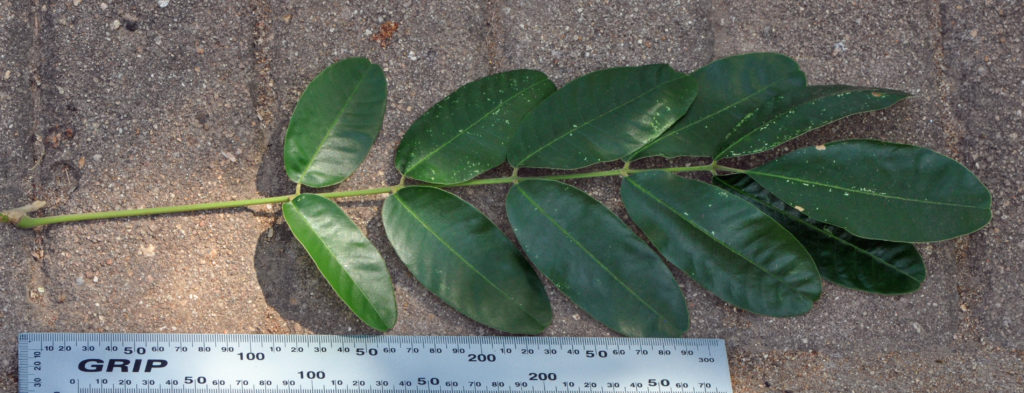
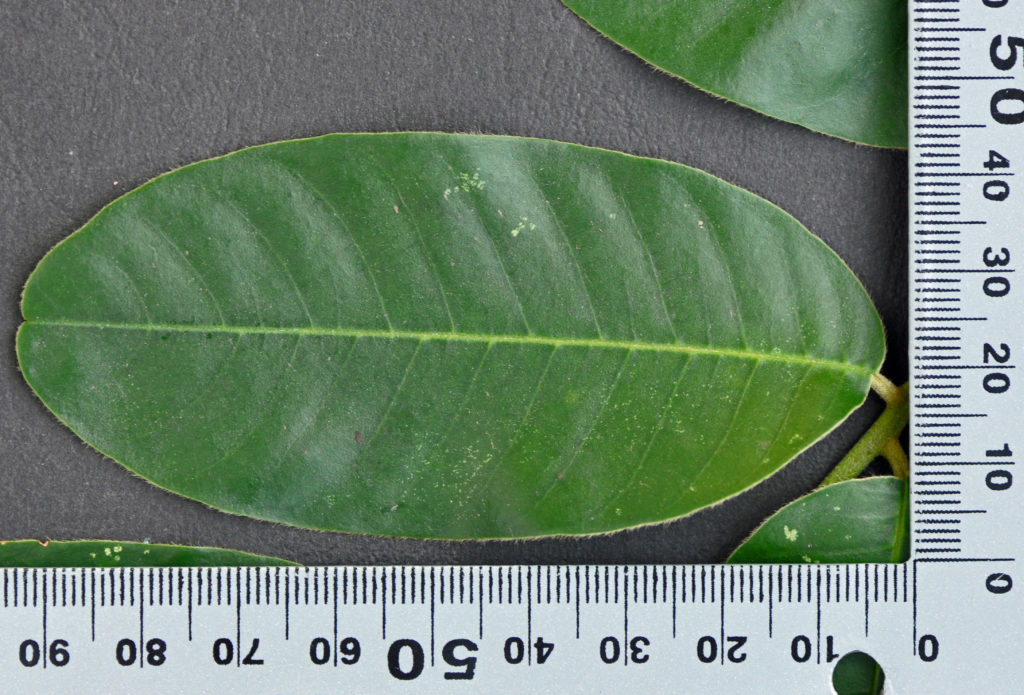
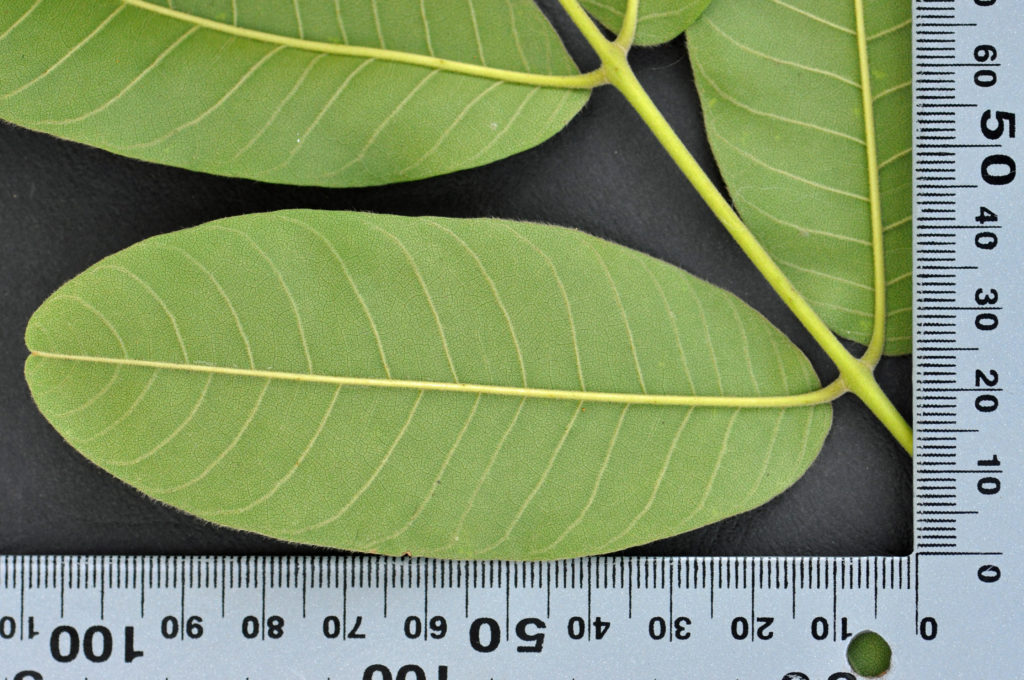
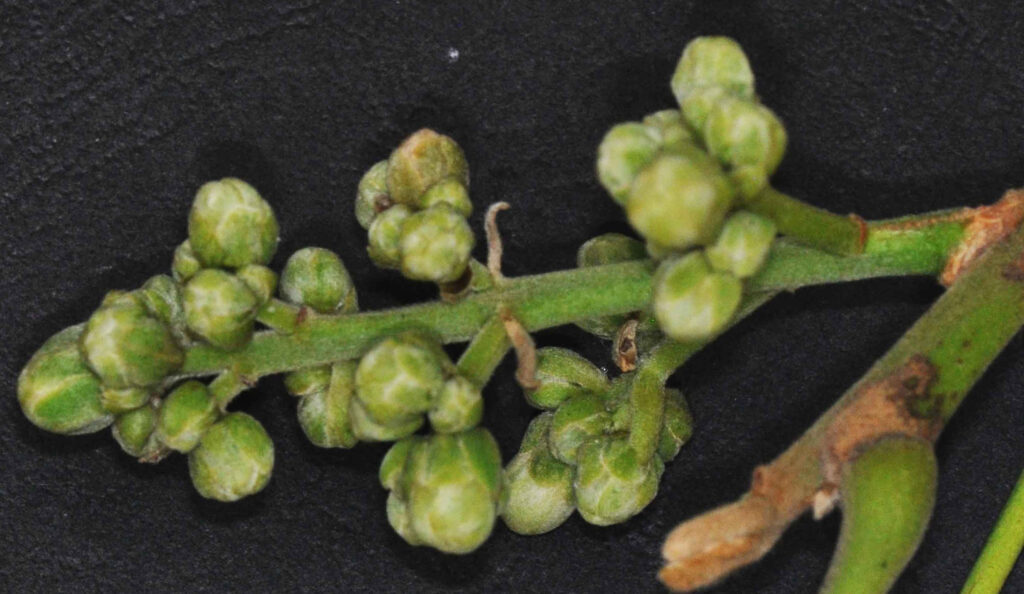
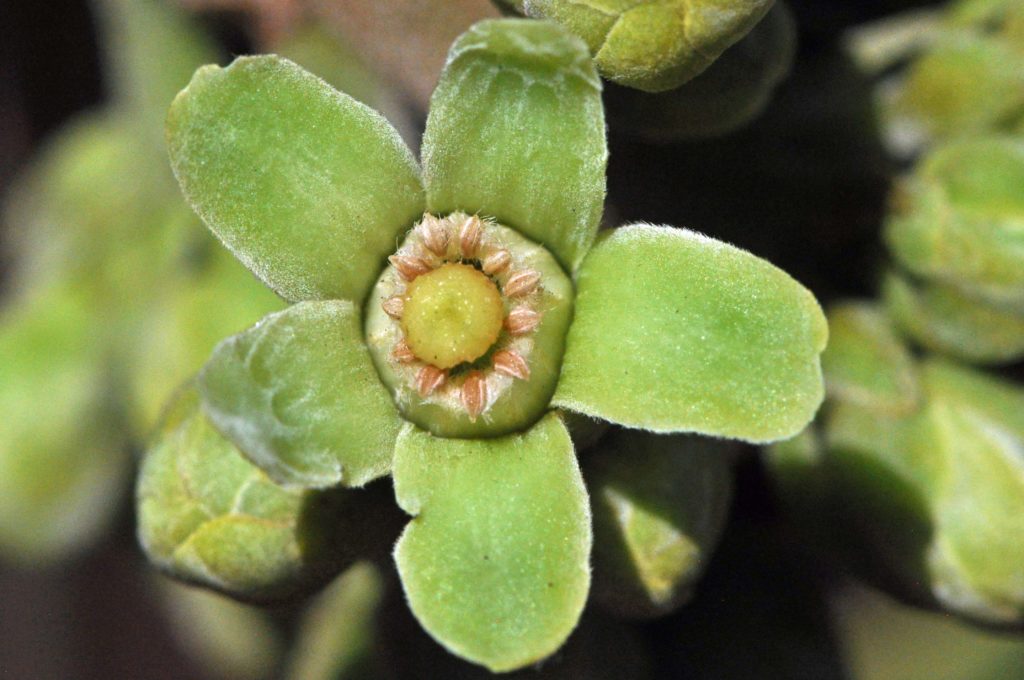
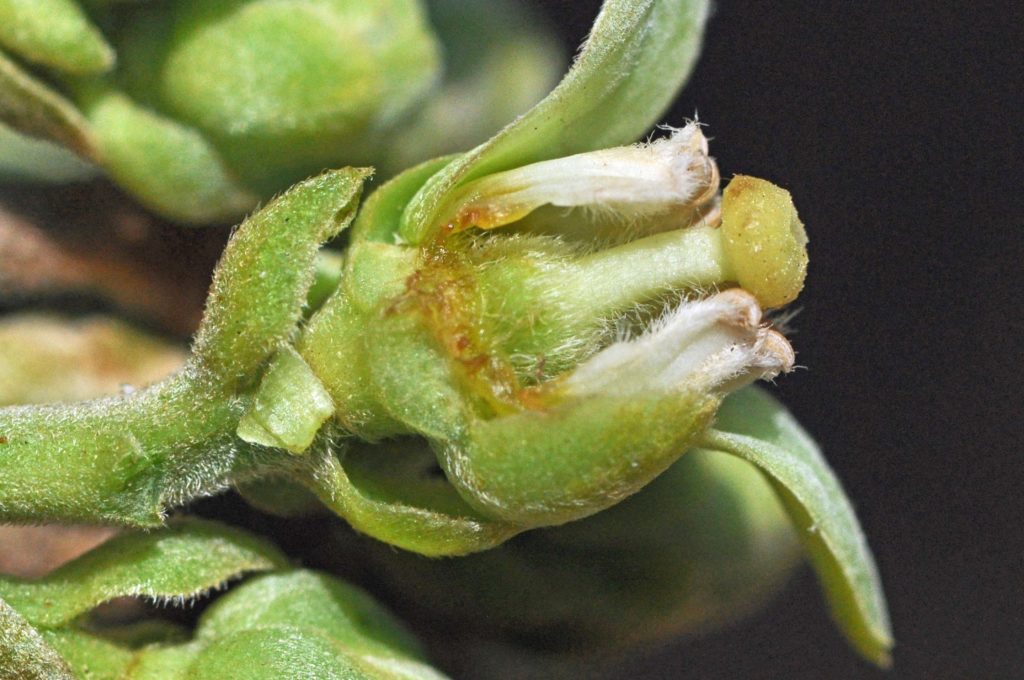
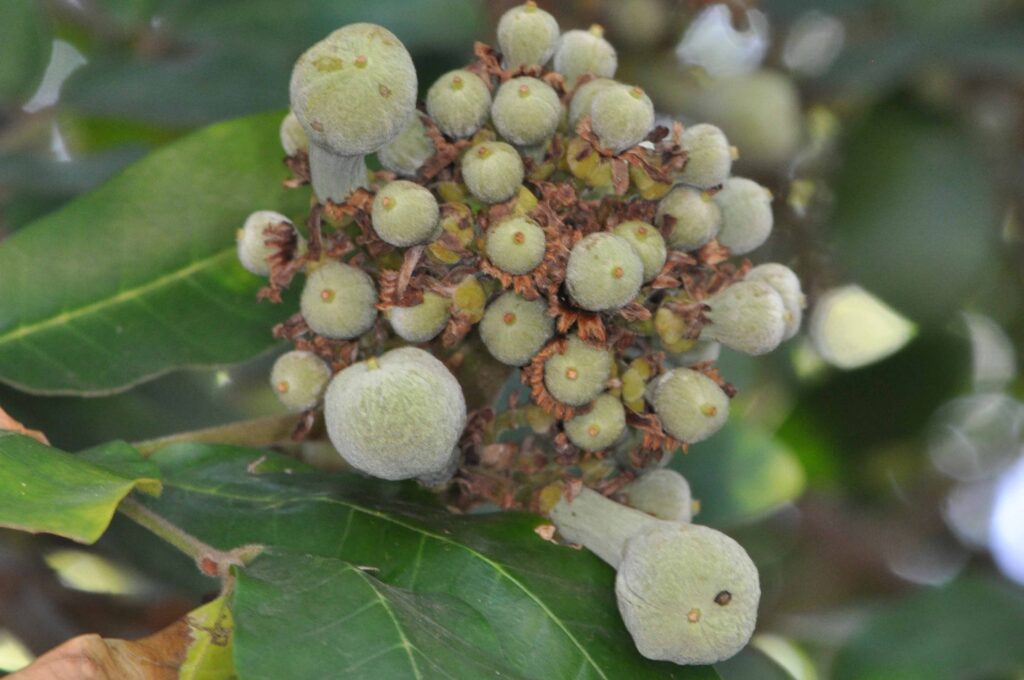
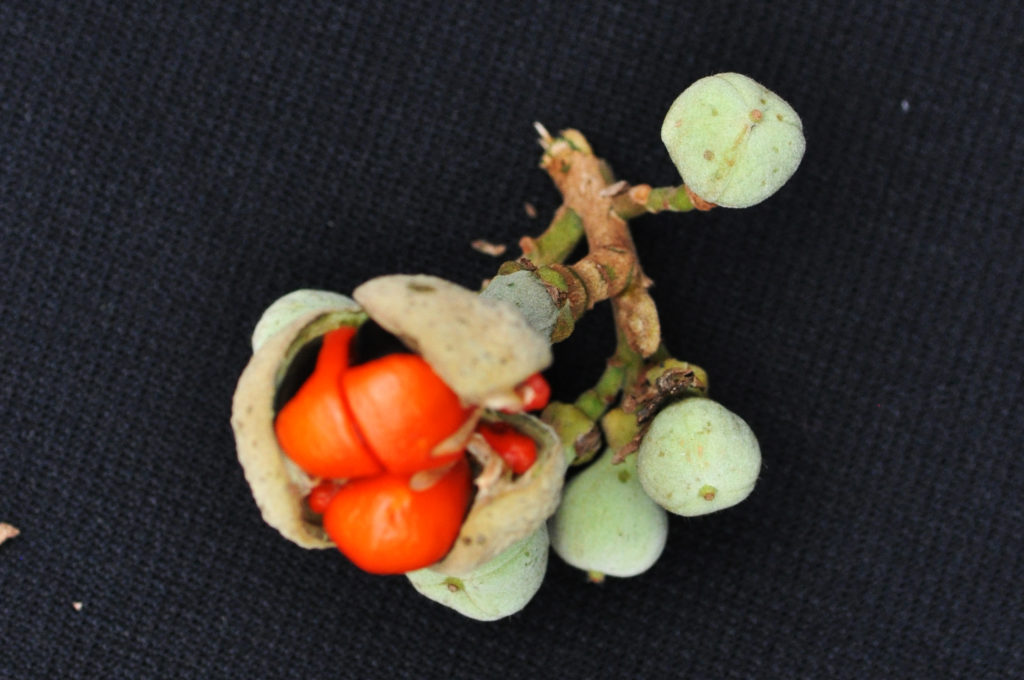
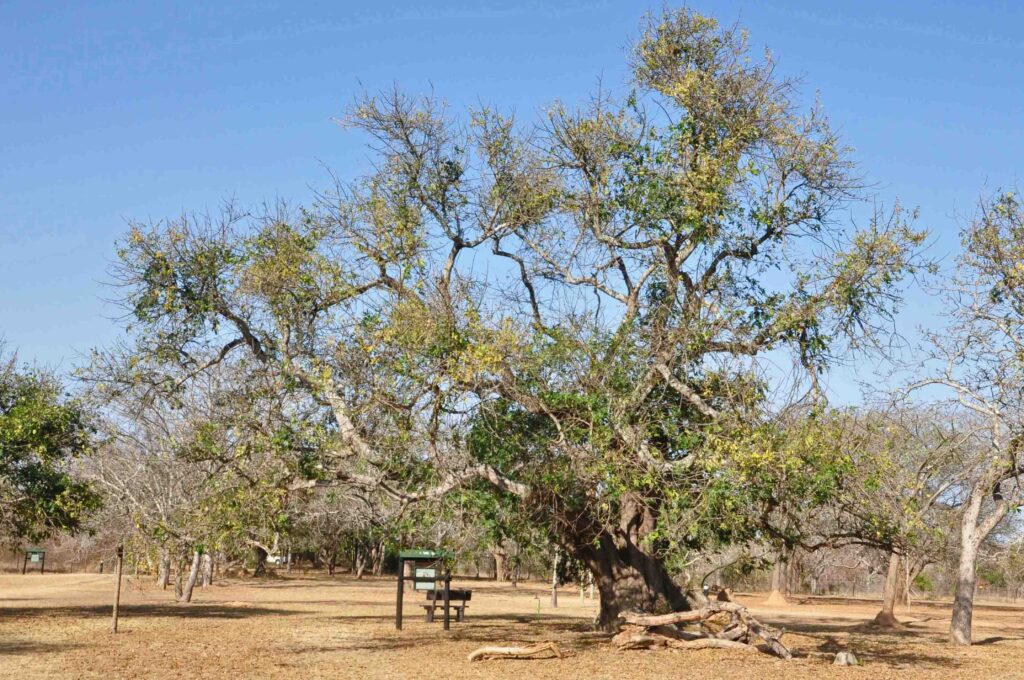
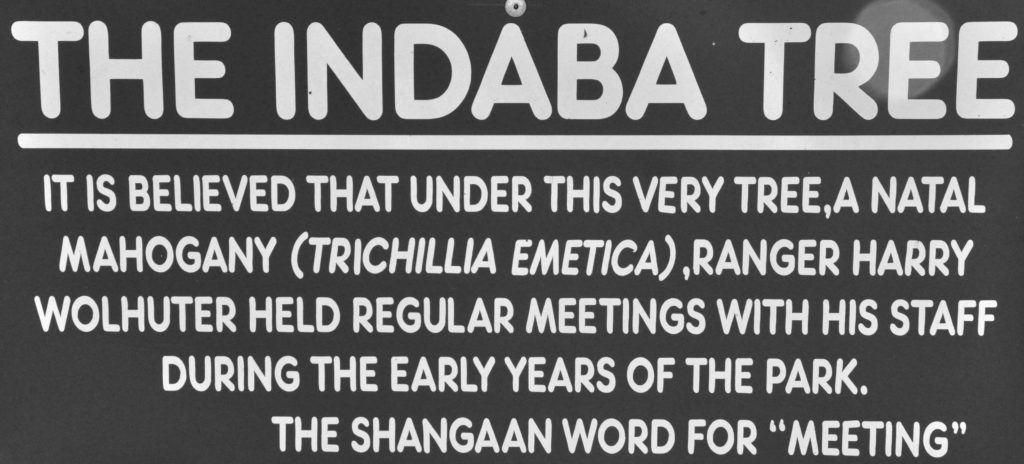
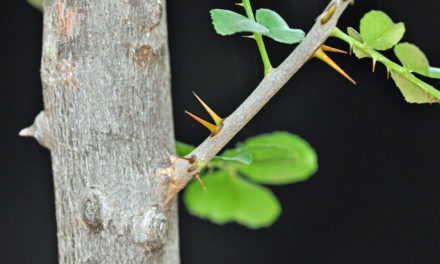
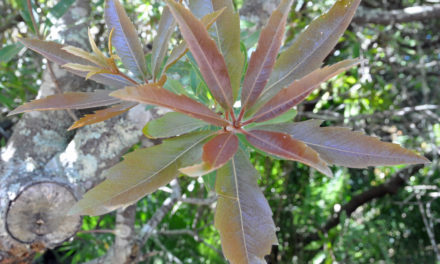
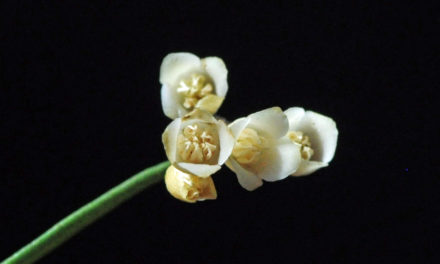
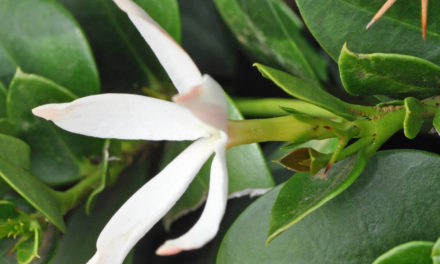
I have a Trichilia of over 30 years in my garden.When it was planted, I guess the root system was said to be non invasive, & non destructive.My question is does it have a root system which can upheave walls at this age?Does it have a tap root?
This one is in Port Elizabeth has a very large trunk & many large branches.A lovely tree but will it have to come down due to cracking a wall?
Thank you Geraldine
Greetings Geraldine.
… impressive and sturdy.
Enjoy it while it lasts!
Take Care
Davis Becking